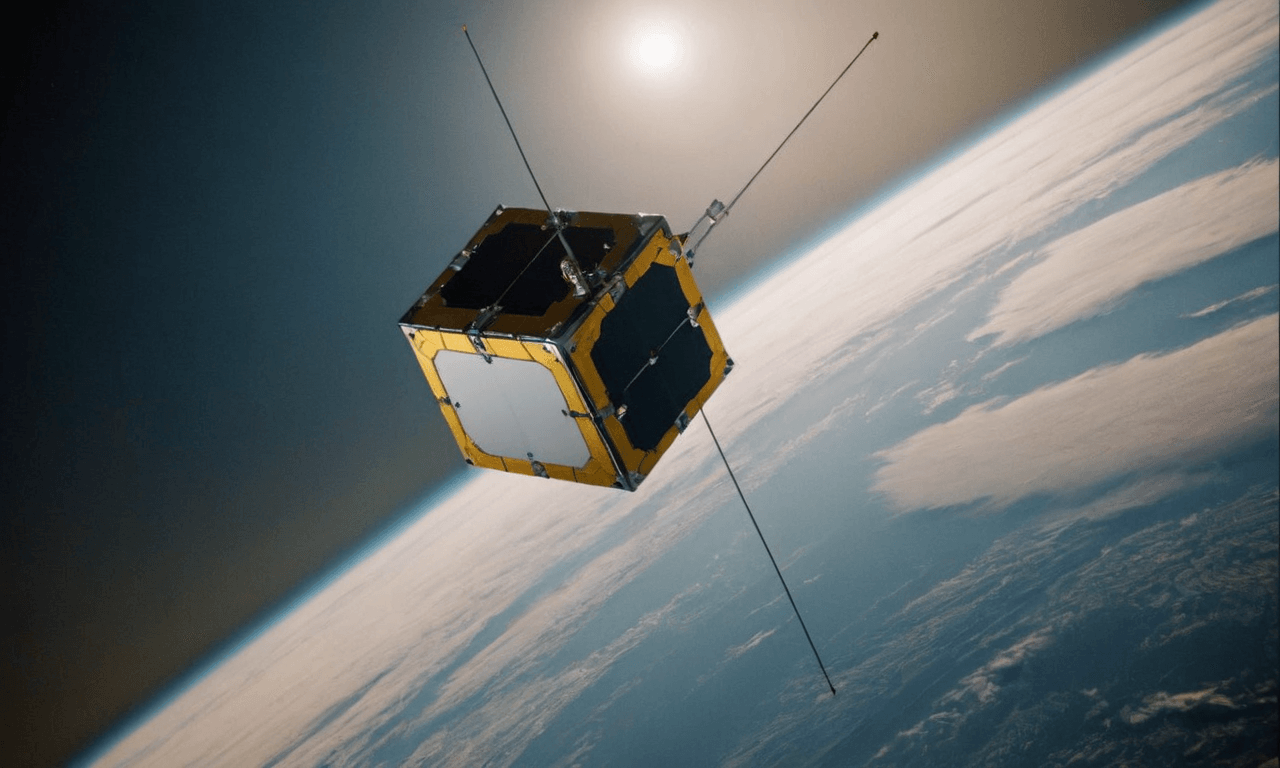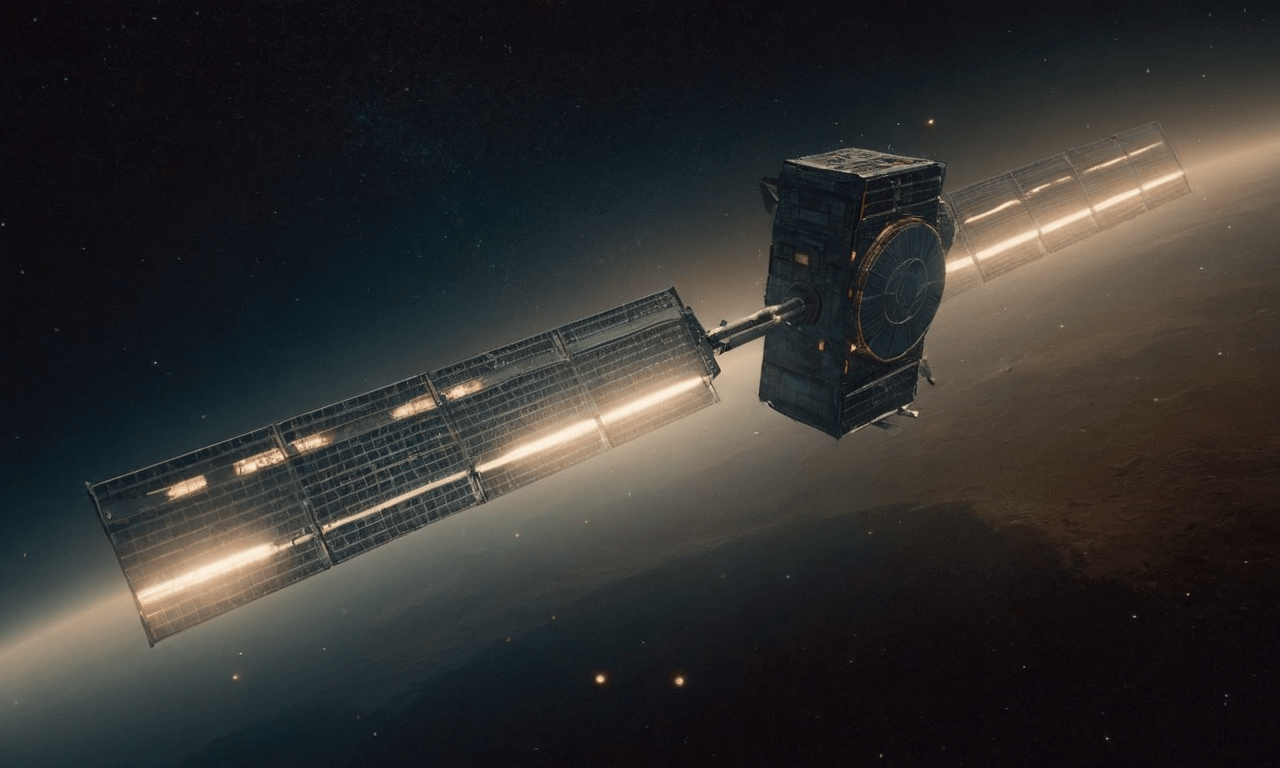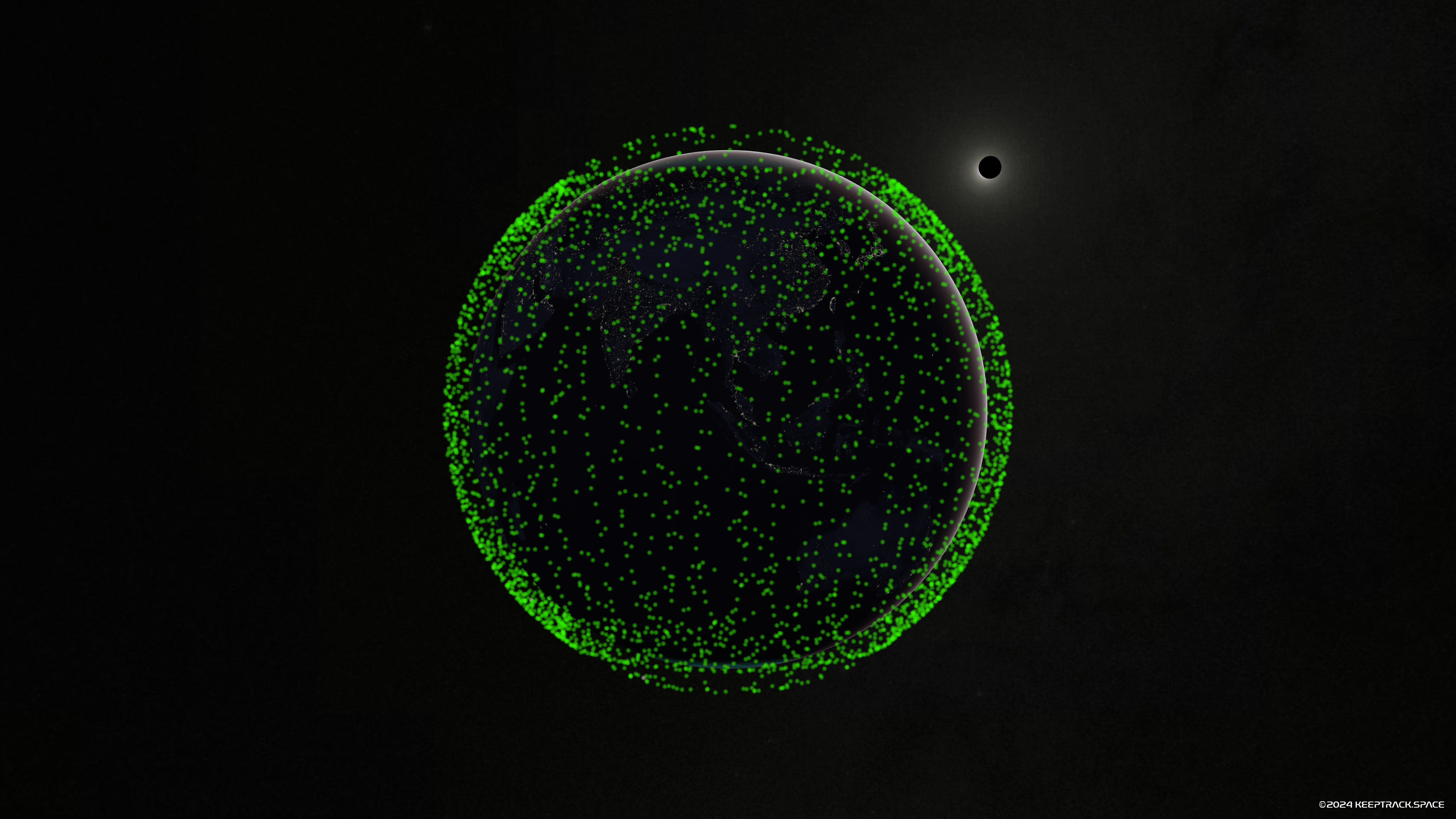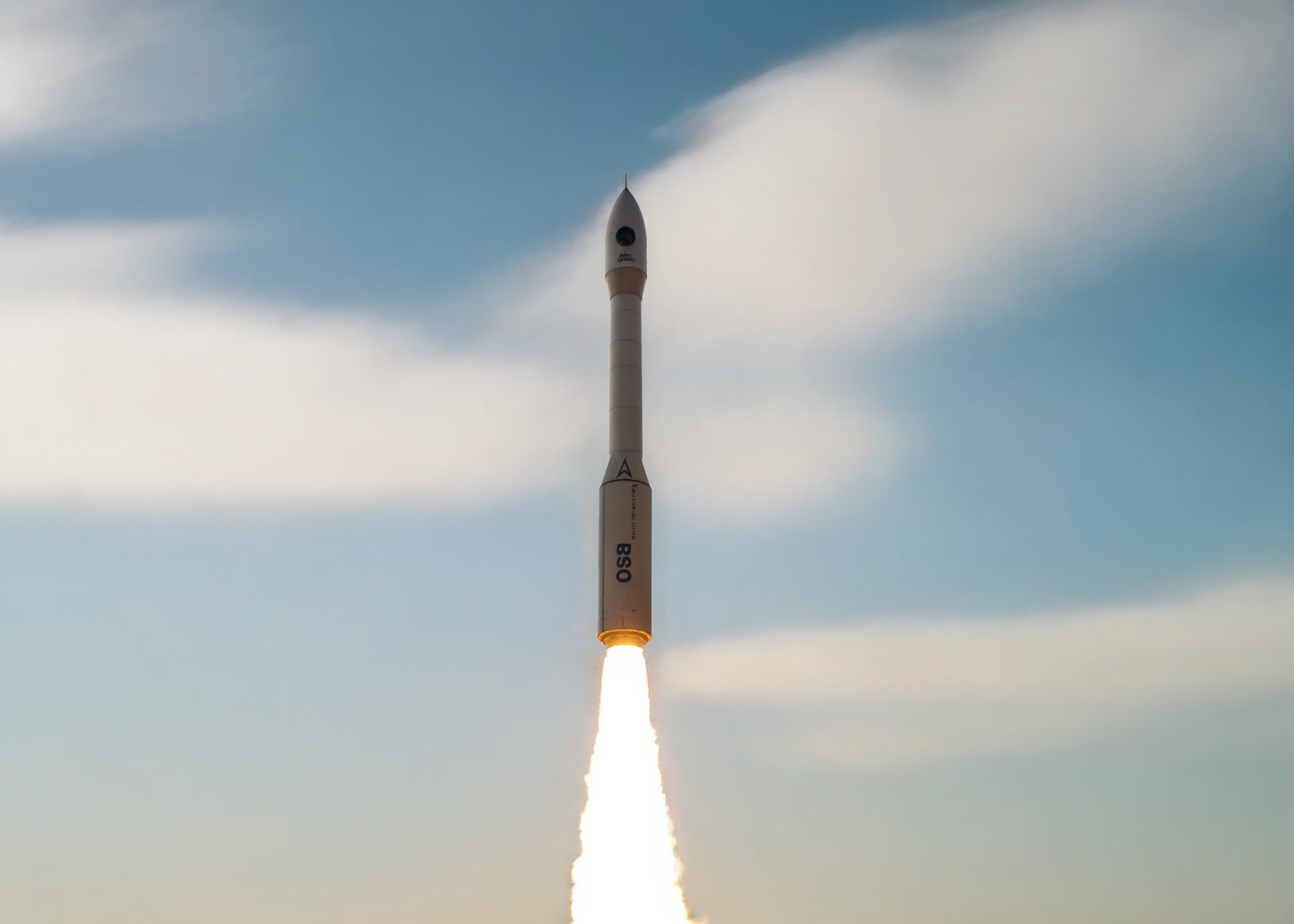· space brief · 6 min read
Space Brief 3 Sep 2024
Today's brief covers China's Yaogan-43 satellite launch, delays in ESA's BepiColombo mission, regulatory approval for OHB's KKR deal, and an upcoming Sentinel-2C launch.

📄Top Stories
China has successfully launched a new set of classified Yaogan-43 satellites. ESA faces delays in its BepiColombo mission to Mercury due to thruster issues. OHB receives final regulatory approvals for its KKR deal. Meanwhile, ESA mission controllers are ready for the Sentinel-2C launch.
📰Detailed Coverage
China Launches New Set of Classified Yaogan-43 Satellites
China launched a second group of classified Yaogan-43 satellites late Monday, adding to a robust constellation of nine satellites already in orbit. The satellites were propelled by a Long March 4B rocket, which lifted off successfully from the Jiuquan Satellite Launch Center.
This launch adds to China’s impressive track record in space, bolstering capabilities which likely serve both civilian and military purposes. While details remain classified, the addition of these satellites will be closely monitored for potential implications in global satellite tracking networks.
Read the full story: SpaceNews
ESA Delays BepiColombo Orbital Insertion Due to Thruster Problem
The European Space Agency has had to adjust the trajectory of its BepiColombo mission to Mercury, delaying its insertion into orbit around the innermost planet by almost a year. This comes as a result of reduced performance from its electric thrusters.
The delay presents challenges but also offers an opportunity for the mission team to refine their approach for the orbital insertion. As BepiColombo continues its journey, satellite trackers can watch for any course adjustments and the gradual convergence to the new planned orbit.
Read the full story: SpaceNews
OHB Secures Final Regulatory Approvals for KKR Deal
OHB and investment firm KKR have received all necessary government approvals for their partnership. The move will take the space company off public markets in the forthcoming days.
This strategic decision is expected to have significant implications for the space industry, bolstering OHB’s financial resources and competitive position. This deal also indicates the growing interest in space investments from private equity.
Read the full story: SpaceNews
ESA Mission Controllers Ready for Sentinel-2C Launch
ESA mission controllers have completed the final phase of simulation training for the critical launch and early orbit phase (LEOP) of Sentinel-2C. With all systems go, this mission is crucial for environmental monitoring and data collection.
Sentinel-2C will enhance the continuity of data provided by its predecessors, and users can track its progress and data outputs through our web app’s real-time tracking feature.
Read the full story: ESA
🛰️Satellite Spotlight
- Satellite Name: BRO-10
- NORAD ID: 58331
- Launch Date: 2023-06-24
- Mission: BRO-10 is a 6U Cubesat developed by the French company UnseenLabs, primarily aimed at monitoring and geolocation services for maritime activities.
- Orbit: 97.444° Inclination, 94.4 minutes Period, near-circular (low eccentricity)
- Operator: UnseenLabs
- Fun Fact: The BRO-10 forms part of a broader constellation aimed at providing advanced maritime surveillance capabilities, identifying and tracking ships even with their Automatic Identification Systems (AIS) turned off.
Current TLE Data:
1 58331U 23174CD 24239.16639762 .00019946 00000-0 80132-3 0 99993
2 58331 97.4440 313.7114 0008205 324.4900 35.5791 15.24949918 44401
Track this satellite in real-time on our web app: Track BRO-10
🗑️Space Debris Update
Current tracked debris objects: 14002
Notable recent events
- NASA’s DART Mission Aftermath: NASA’s Double Asteroid Redirection Test (DART) mission has resulted in over two million pounds of space debris. This debris, originating from the asteroid Dimorphos, could potentially lead to a man-made meteor shower. Scientists predict that these debris fragments may impact Earth or Mars within the next 10 to 30 years.
🚀Upcoming Space Launches
September 4
- Arianespace Vega | Sentinel-2C from Guiana Space Centre, French Guiana (01:50 UTC)
- SpaceX Falcon 9 | Polaris Dawn from Kennedy Space Center, FL, USA (07:38 UTC) First mission of the privately funded Polaris program. The goal of this mission, lasting up to five days in orbit, is to fly higher than previous Dragon missions, perform the first-ever commercial EVA with SpaceX-designed spacesuits, orbit through portions of the Van Allen radiation belt, conduct medical research, and test laser-based Starlink communications in space.
September 6
- SpaceX Falcon 9 | NROL-113 from Vandenberg SFB, CA, USA (01:14 UTC) Third batch of satellites for a reconnaissance satellite constellation built by SpaceX and Northrop Grumman for the National Reconnaissance Office to provide imaging and other reconnaissance capabilities.
September 11
- Mitsubishi Heavy Industries H-IIA 202 | IGS Radar 8 from Tanegashima Space Center, Japan (04:00 UTC) The IGS Radar 8 is a Japanese radar reconnaissance satellite, operated by the Cabinet Satellite Information Center. The satellite serves both Japan’s national defense and civil natural disaster monitoring.
- Russian Federal Space Agency (ROSCOSMOS) Soyuz 2.1a | Soyuz MS-26 from Baikonur Cosmodrome, Republic of Kazakhstan (16:23 UTC) Soyuz MS-26 will carry two cosmonauts and one astronaut to the International Space Station aboard the Soyuz spacecraft from the Baikonur Cosmodrome in Kazakhstan.
Note: Launch dates and times are subject to change due to technical or weather considerations.
💡Did You Know?
The James Webb Space Telescope, launched in December 2021, is the largest and most powerful space telescope ever built. Its primary mirror is composed of 18 hexagonal segments that unfurled and aligned in space, creating a collecting area of about 25 square meters (270 square feet). This massive mirror allows the telescope to collect more light than ever before, enabling it to observe some of the most distant and faintest objects in the universe, including the first galaxies formed after the Big Bang.
🔬Technical Corner
CubeSats and Their Common Sizes
CubeSats are a class of nanosatellites that have revolutionized access to space due to their small size, relatively low cost, and modular design. Originally developed in 1999 by California Polytechnic State University and Stanford University, CubeSats have become increasingly popular for both educational and commercial space missions.
Key features of CubeSats:
- Standardized dimensions based on 10x10x10 cm units
- Typically weigh between 1-10 kg
- Often use commercial off-the-shelf (COTS) components
- Can be launched as secondary payloads, reducing launch costs
Common CubeSat sizes currently in orbit:
1U CubeSats:
- Dimensions: 10x10x10 cm
- Mass: Typically 1-1.33 kg
- Uses: Technology demonstrations, educational projects, simple scientific experiments
- Examples: NASA’s PhoneSat, Planet Labs’ Dove satellites
2U CubeSats:
- Dimensions: 10x10x20 cm
- Mass: Usually around 2-2.66 kg
- Uses: More complex scientific payloads, improved communication capabilities
- Examples: NASA’s IPEX mission, University of Michigan’s MCubed-2
3U CubeSats:
- Dimensions: 10x10x30 cm
- Mass: Typically 3-4 kg
- Uses: Earth observation, advanced scientific instruments, technology demonstrations
- Examples: NASA’s CuSP for space weather monitoring, Planet Labs’ SkySat
6U CubeSats:
- Dimensions: 10x20x30 cm
- Mass: Usually 6-12 kg
- Uses: Complex scientific missions, advanced Earth observation, space exploration
- Examples: NASA’s MarCO CubeSats (first CubeSats to venture into deep space), Capella Space’s synthetic aperture radar satellites
The choice of CubeSat size depends on the mission requirements, payload complexity, and available launch opportunities. As technology advances, we’re seeing an increase in the capabilities of smaller CubeSats, as well as the development of even larger formats like 12U and 16U to accommodate more ambitious missions.
CubeSats have democratized access to space, allowing universities, small companies, and even high schools to conduct space-based experiments and observations. Their standardized format has also led to a robust ecosystem of components and subsystems, further reducing the barriers to entry for space exploration and research.




